The State Council has announced plans to grow China's ice and snow economy to 1.5 trillion yuan ($208 billion) by 2030, with particular focuses on winter sports, tourism and equipment manufacturing.
The scale of the target indicates a clear recognition of the sector's untapped potential to boost its visibility and appeal, create a vibrant ecosystem that benefits a wide range of industries and drive economic growth in the world's second-largest economy, analysts said.
They speculated that the plan, if successful, could reshape global winter tourism trends and present new opportunities for international travelers, with China gradually emerging as a key player in the winter sports destination market.
The announcement builds on China's 2015 pledge to engage 300 million people in winter sports — a target reached before the Beijing 2022 Winter Olympics, with already 346 million participants by 2021.
The growing popularity of winter sports among Chinese consumers, coupled with the government's push to cultivate the ice and snow economy, could serve as a key driver of domestic demand and sustainable development, said Yang Xuedong, director of the Sports Economy Department of the General Administration of Sport.
Inspiring young people to embrace ice and snow activities is crucial for the sector to truly take root and flourish in China. This demographic represents the future drivers of consumption and innovation in this space, analysts said.
To this end, a key element of this push is greater support for middle and high schools, where conditions are ripe to incorporate ice and snow sports into physical education programs with more accessible facilities, according to the plan released by the State Council, China's Cabinet.
A national system of youth competitions will be introduced across various age groups, encouraging skills development and engagement from a young age, the plan said.
Wang Zhaohong, associate dean at Beijing Normal University's School of Physical Education and Sport, said these efforts are not just about producing world-class competitors but also about fostering a vibrant winter sports culture that can captivate global audiences.
As more of China's young athletes gain prominence on the global stage, the country's reputation as a premier destination for winter sports enthusiasts is poised to soar, she added.
In particular, the provinces of Liaoning, Jilin and Heilongjiang, as well as the Inner Mongolia autonomous region and the Xinjiang Uygur autonomous region, can take the lead in transforming the northern part of China into a global epicenter for ice and snow-related economic activities, according to the plan.
Wang Yuxiong, director of the China Center for Sport Industry Development Research, which is part of the Central University of Finance and Economics, said these northern regions possess the ideal climatic conditions, facilities and talent pools to spearhead China's ambitions of becoming a winter sports powerhouse.
Unlike a siloed or fragmented strategy, China's plan to boost the ice and snow economy aims to seamlessly align winter sports, tourism, equipment manufacturing and cultural promotion as complementary elements of a unified industry ecosystem.
The holistic, full industry chain approach will allow China to provide travelers with high-quality equipment, services and experiences that are tailored to their specific interests, Wang said.
For instance, the growth of China's winter sports equipment manufacturing sector will support the evolving needs of both professional athletes and recreational enthusiasts, he added. Simultaneously, the coordinated development of world-class winter sports training facilities and events will be complemented by the expansion of innovative tourism offerings, ensuring that visitors have access to immersive experiences.
The country's snow and ice-themed tourism sector has experienced a significant surge in both visitor numbers and revenues in recent years.
According to data from the China Tourism Academy, the country's winter tourism visits grew by 38 percent year-on-year in the last ski season, while revenues soared by 50 percent.
A set of financial incentives were unveiled in the plan to support the development of the country's ice and snow-related industries.
This involves improving access to credit for companies operating in the winter sports sector and encouraging qualified companies to pursue initial public offerings.
Xu Hongcai, deputy director of the China Association of Policy Science's economic policy committee, said the winter sports industry in China is still in its early stages, and the market size has been relatively limited compared to more established winter sports hubs around the world.
This, combined with the inherent seasonality of the sector, has made it a less appealing investment proposition for investors and lenders, Xu said, adding that the long investment return cycle typical of the winter sports industry has further deterred potential backers.
By making it easier for these businesses to secure financing, the plan aims to enable them to invest in expanding their operations, innovating products and services, and scaling up to meet growing demand, Xu said.
Zhang Jianping, deputy director of the academic committee at the Chinese Academy of International Trade and Economic Cooperation, said the country's current winter sports facilities and services are struggling to keep up with the soaring consumer demand, resulting in overcrowding, poor service quality and high prices at major ski resorts,
This imbalance between supply and demand is particularly evident in Beijing and in Hebei province, which are home to some of the country's premier winter sports destinations, Zhang said, adding that on weekends and during holidays, the ski resorts in these areas are often overwhelmed by crowds, leading to a subpar consumer experience and inefficient service.
Data from the National Development and Reform Commission showed in 2015 China had just over 700 winter sports venues nationwide. By the end of last year this number had skyrocketed to 2,847 — a 400 percent increase.
The main hurdle for the ice and snow economy remains its strong seasonal nature, leading to a rather brief operational cycle, analysts said.
The key to overcoming this obstacle lies in finding ways to maintain high utilization rates for winter sports facilities during the non-snow season, expanding complementary services, and driving year-round engagement from tourists, they added.
One such model is the Whistler Blackcomb four-season resort in Canada, which has managed to attract visitors year-round by diversifying its offerings beyond traditional winter activities, said Zhu Yongyi, vice-president of the Chinese Association of Market Development.
During the summer months, the resort hosts a variety of outdoor events, from festivals to lake fishing and golf, creating a rich and varied holiday experience for guests, Zhu said.
This diversification of activities has proven effective in drawing outdoor enthusiasts to the resort throughout the year, Zhu said.
In the Boston area of the United States, the highland mountain bike park has also carved out a niche for itself during the summer by offering a range of cycling trails catering to riders of all skill levels.
By taking a page from the playbooks of these global winter sports hubs, China's domestic ski resorts can explore innovative ways to maintain engagement and drive visitation during the non-snow season, Zhu said.











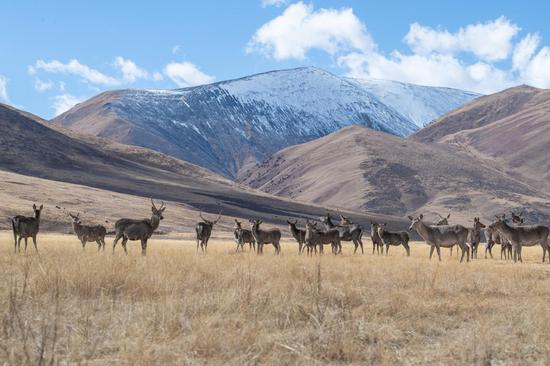
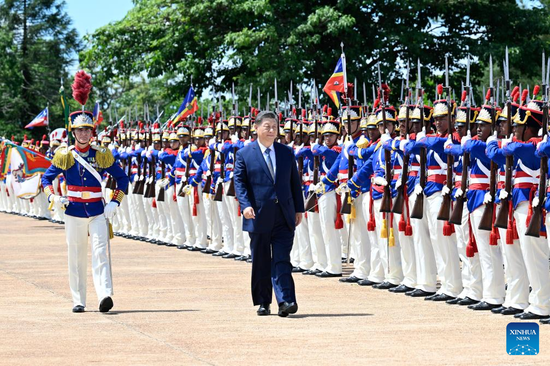





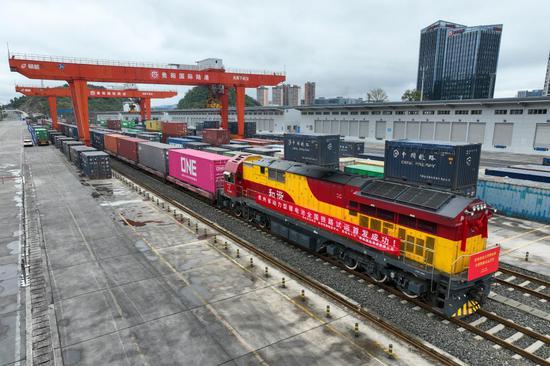
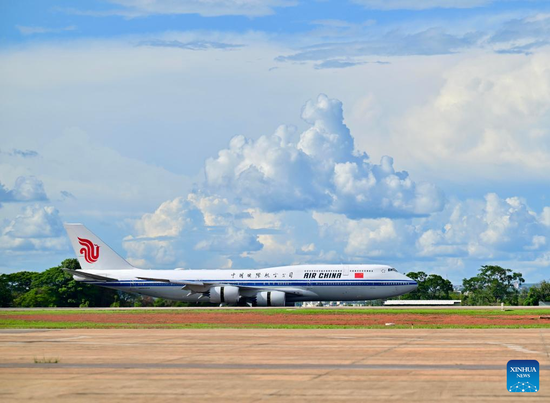



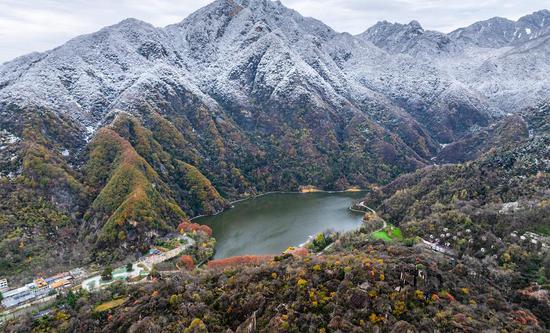

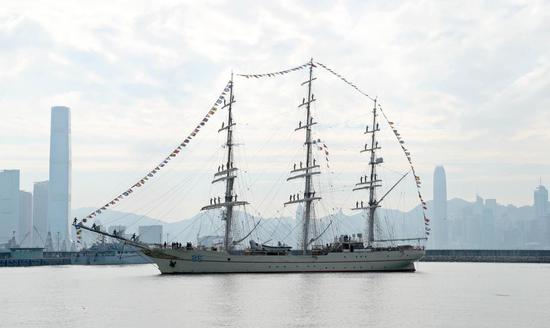

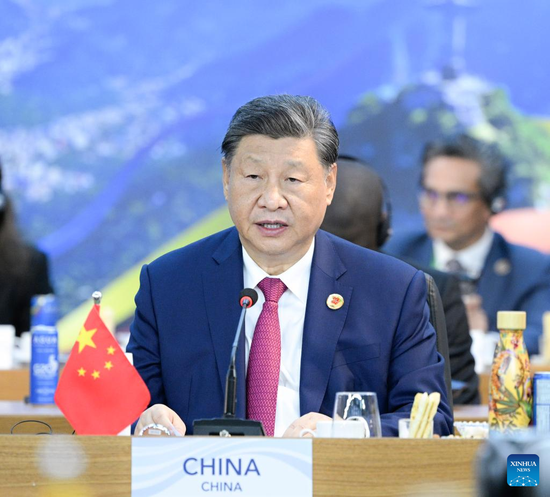


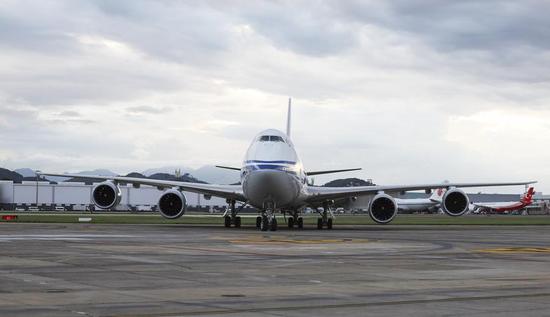
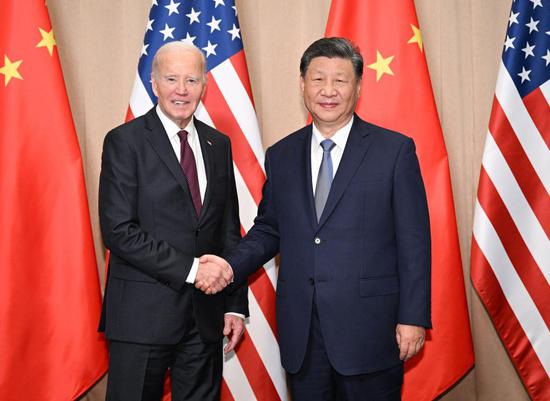
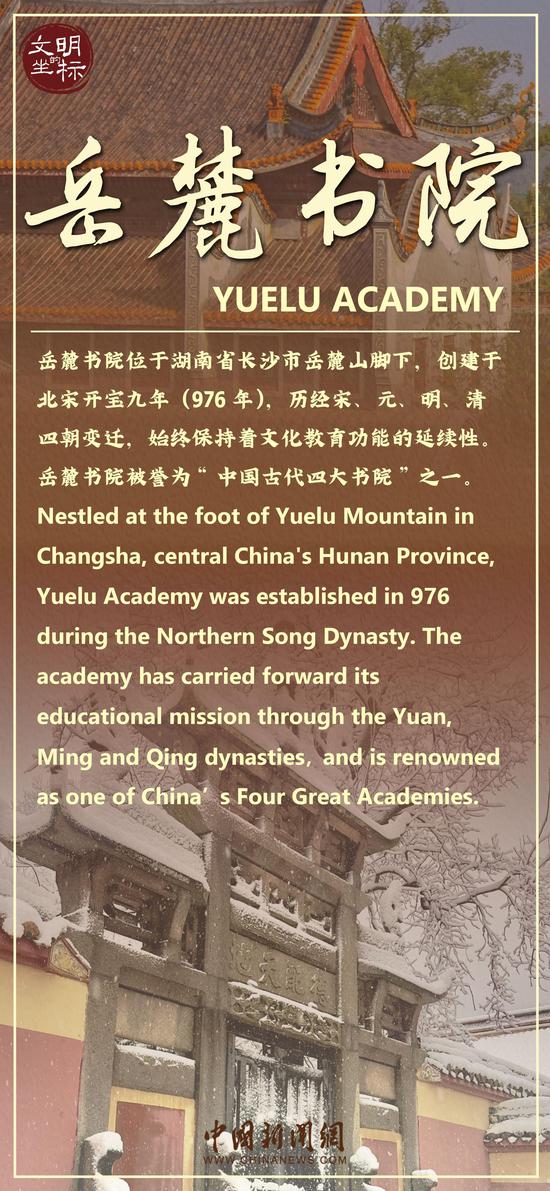
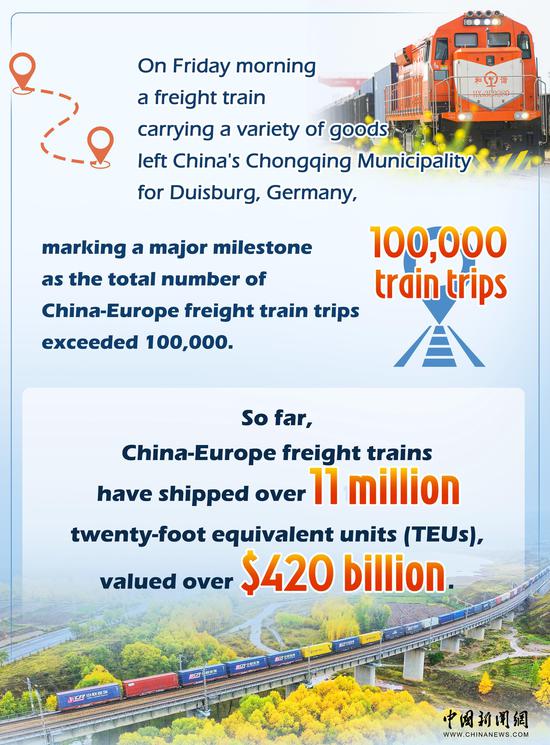
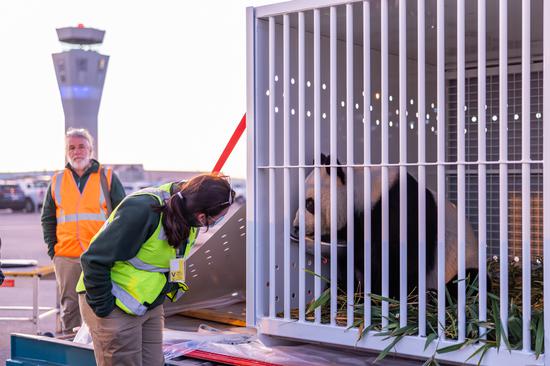


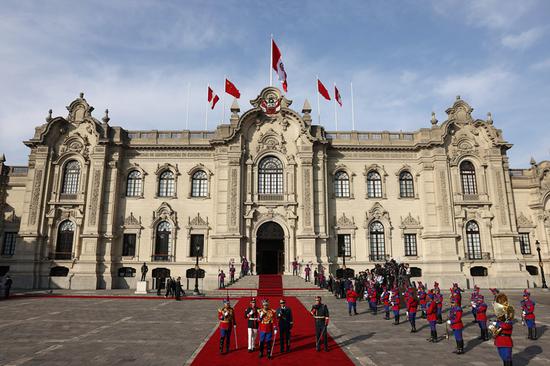



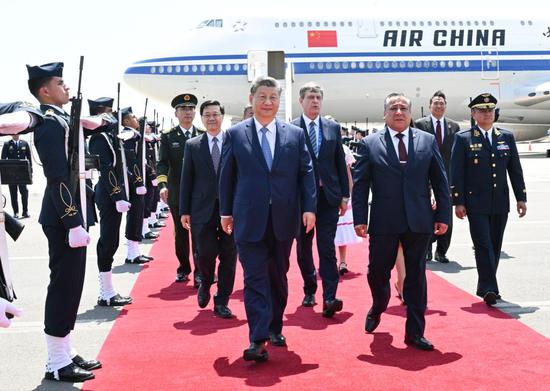

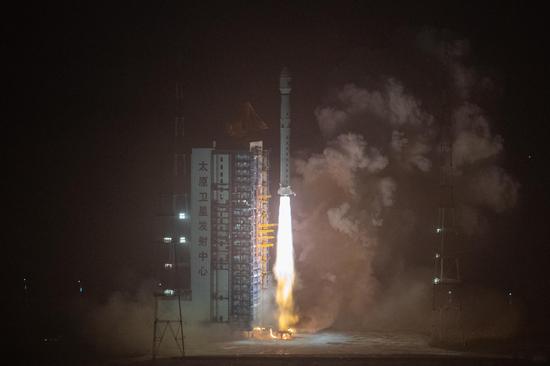


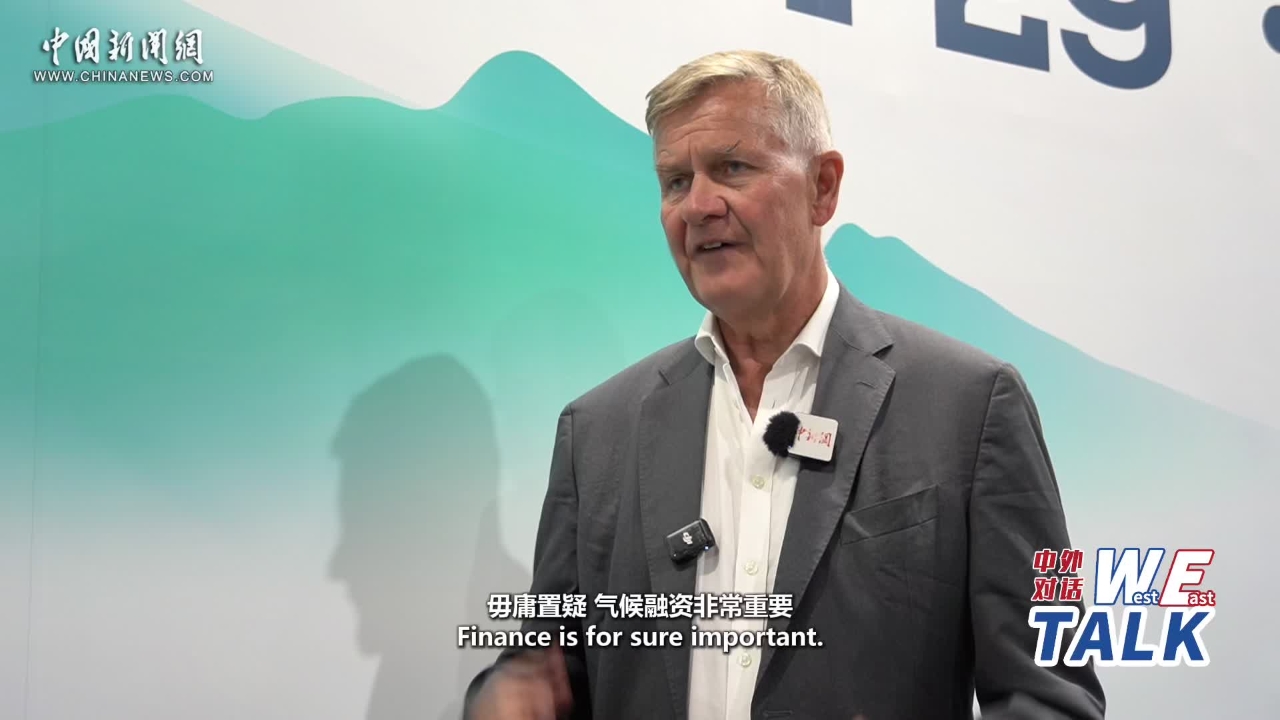

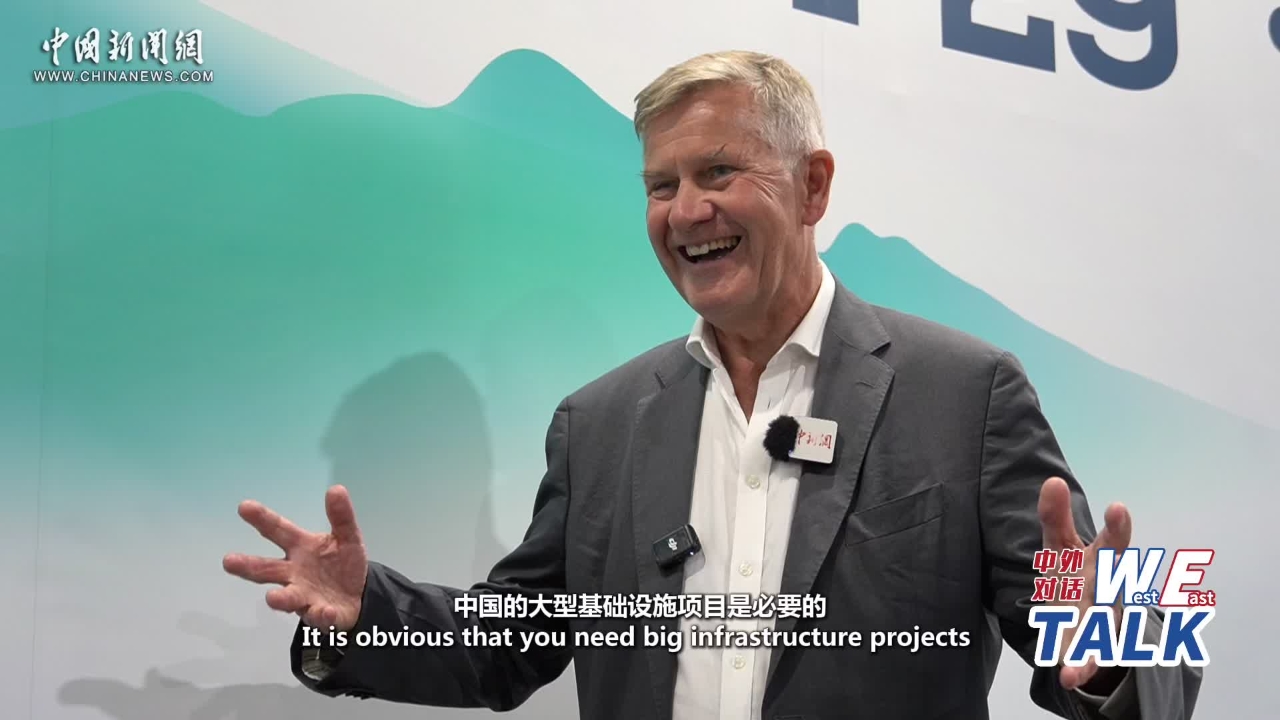

 京公網(wǎng)安備 11010202009201號
京公網(wǎng)安備 11010202009201號